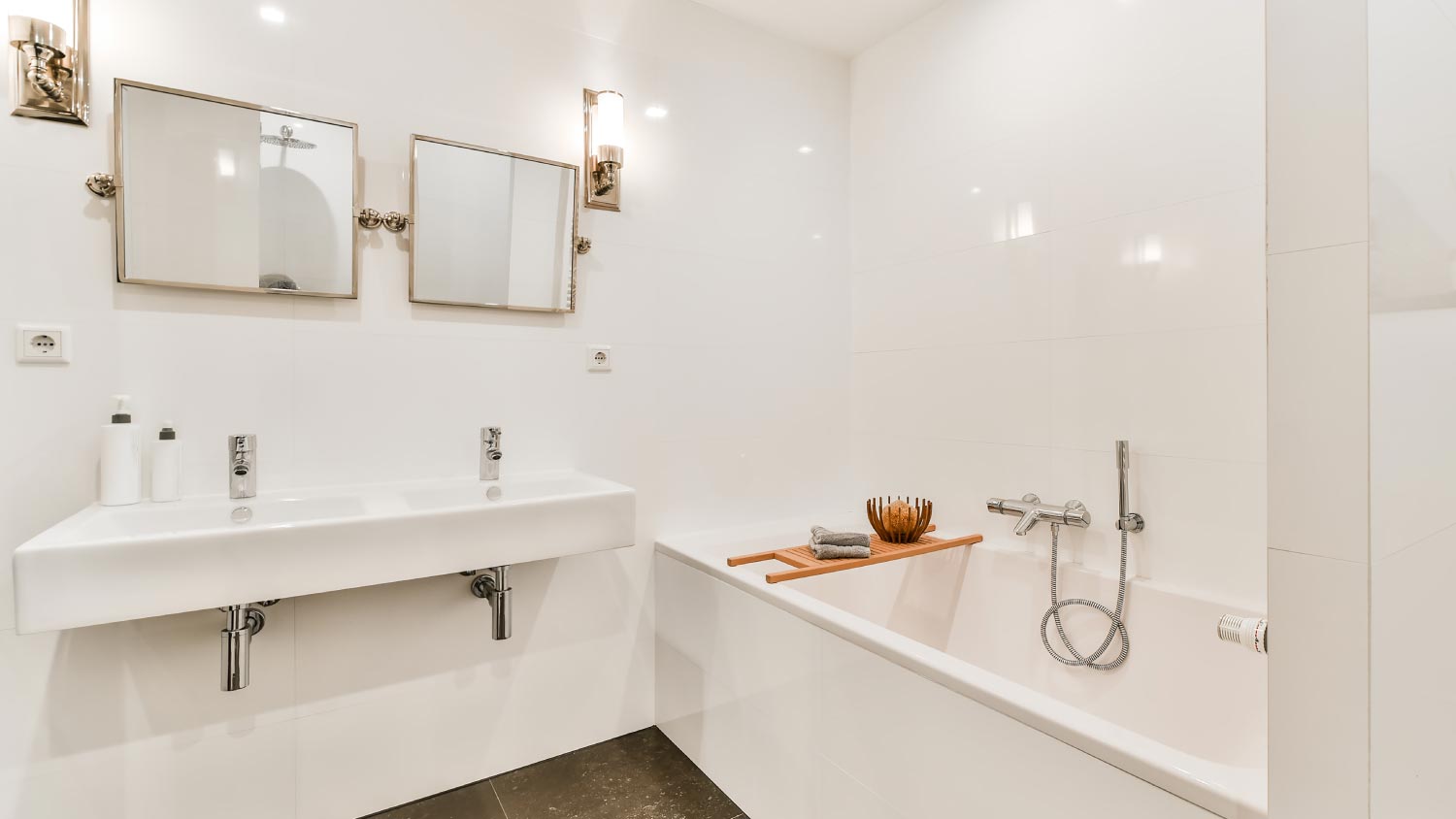
Need to know what sewer line replacement costs in New York, NY? This guide will help you prepare to budget for sewer line replacement done by local contractors.
If you’re wavering on routine inspections, just know the alternative could get a little messy


Opt for a septic tank inspection every three to five years.
Be careful of what you flush, attend to bad odors immediately, and pump regularly to increase the longevity of your septic tank.
Signs that the septic tank needs to be pumped include non-functioning indoor plumbing, lush grass over the drain field, and water pooling in the yard.
A septic system replacement can cost anywhere from $3,100 to $9,800.
You may not think about your septic system that often because, honestly, they’re not that interesting to most homeowners. But septic neglect can cause major problems if you overlook the system for too long. Regular inspections and maintenance are vital for preventing costly damage to your tank and the surrounding area. It’s a good idea to have your septic tank inspected about every two to five years.
It’s nearly impossible to inspect your septic tank yourself accurately. This is because a full inspection requires an experienced septic service professional. In some situations, you may need to have your septic tank pumped at the same time that you get it inspected. If it’s been a few years since you last had your septic tank inspected, get in touch with a septic tank company near you to discuss your options.
Understanding how a septic system works can be a bit tricky, especially if you’ve never owned a home with one before.
Some homes are hooked up to a central sewer system that runs wastewater to a central processing facility. Not all homes have this capability. In particular, rural homes often use septic tanks that collect wastewater from your home and then disperse it into a drainage field. Because solids build up in the bottom of the septic tank, they need to be inspected regularly and pumped every few years.
During a septic system inspection, inspectors will examine the septic tank, the septic distribution box, and the leach field. Inspectors will typically remove the lid of the tank in order to check the water level and make sure that water is flowing properly and that there are no leaks. They’ll also check the level of sludge in the tank to determine whether or not your tank needs to be pumped.

Proper septic system maintenance can help to prolong the life of your septic system and reduce the likelihood of unpleasant septic system-related messes. In addition to getting your septic system regularly inspected, you should also complete the following maintenance tasks to keep your septic system in good working order:
Flushing items like sanitary products or bacon grease can back up your septic system.
Your septic system does the hard work of breaking down household waste, but if it’s not working the way it should, it can lead to some pretty unpleasant smells. Clogged drains, ice buildup, blocked vents, and a full tank can all lead to septic system odor.
Depending on the size of your household and tank, you’ll need to pump the tank about every three to five years.
Without proper maintenance, you may be on the hook for a new septic system sooner rather than later. The cost of a new septic system is about $3,100 to $9,800. Costs vary depending on the type of system and size of the tank.
Finding time in your busy schedule to set up a septic tank inspection may seem like a chore—but in the long run, it can set you up for septic success for many happy, odor-free years ahead. Here’s how.
Few words strike fear into the heart of homeowners as quickly as “septic emergency.” By getting regular inspections, you can potentially avoid a major mess before it starts—and even save money on costly emergency maintenance services. Getting your septic tank regularly inspected is a whole lot cheaper than needing to have it replaced before it's time!
A well-working septic tank is out of sight, out of mind, but if performance starts to slip, you’d better believe you’re going to know about it. Backed-up drains, hard-to-flush toilets, and unpleasant odors can creep into your life fast and make you, understandably, furious. Regular septic tank inspections keep your system working at its best, so you can keep it out of mind.
Having a well-maintained septic system can increase your home’s overall value, which can put money in your pocket in the form of equity—and, if you should ever decide to move, a potentially higher sale price.
A properly working septic system is a delicately balanced ecosystem that relies on a variety of natural processes and forces to work—which means that a septic system can fail for a number of different reasons.
Some of the most common are:
Poor design. If your septic system was installed in an area with inappropriate soil types (like those with a heavy clay content), along a steep slope, or in an area where the water table is high, your septic system may fail and contaminate the groundwater.
Lack of maintenance. Routine maintenance is key to ensuring your septic tank’s continued performance and well-being. If your septic system is not regularly inspected and pumped, it will very likely eventually fail as the sludge builds up at the bottom.
Poor septic habits. What you flush matters, and if you flush foreign objects like wipes, feminine hygiene products, or even just an abundance of toilet paper all at once, your septic system may clog and fail. Even just overloading your system with water can have negative consequences as it may throw off the delicate balance of the process.
Septic tank pumping costs an average of $290 to $530. The cost varies depending on where you live and the size of your tank. Depending on the size of your household and the capacity of your tank, you should get your septic tank pumped about every three to five years. However, a single person with a 1,000-gallon septic tank may only need to pump it every nine to 12 years, while a five-person family with the same sized tank may need to pump it every two to four years.
If you don’t pump your tank, the sludge builds up at the bottom of your tank and will eventually leak into your leach field and back up into your pipes. Without regular pumping and maintenance, your septic tank could fail and need to be replaced. Ask your contractor whether additional maintenance is needed during your septic tank inspection.
Margaret Wack contributed to this piece.
From average costs to expert advice, get all the answers you need to get your job done.

Need to know what sewer line replacement costs in New York, NY? This guide will help you prepare to budget for sewer line replacement done by local contractors.

Need to know what sewer line replacement costs in Tampa, FL? This guide will help you prepare to budget for sewer line replacement done by local contractors.

Need to know what sewer line replacement costs in Baltimore, MD? This guide will help you prepare to budget for sewer line replacement done by local contractors.

Septic tanks are kept underground, so checking the levels inside can be a challenge. Learn how to check if a septic tank is full with this guide.

Septic failure is no picnic, but it needs to be addressed. We explore cost-saving and financing options for those who can’t afford a new septic system.

Your lot might require an alternative septic system based on location and soil conditions. Learn all about alternative septic systems and their costs.